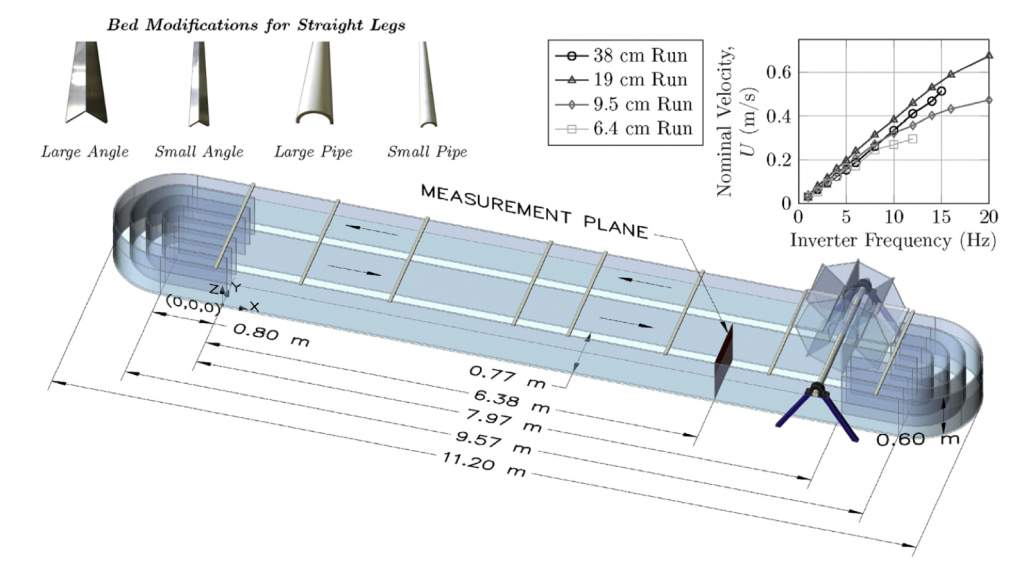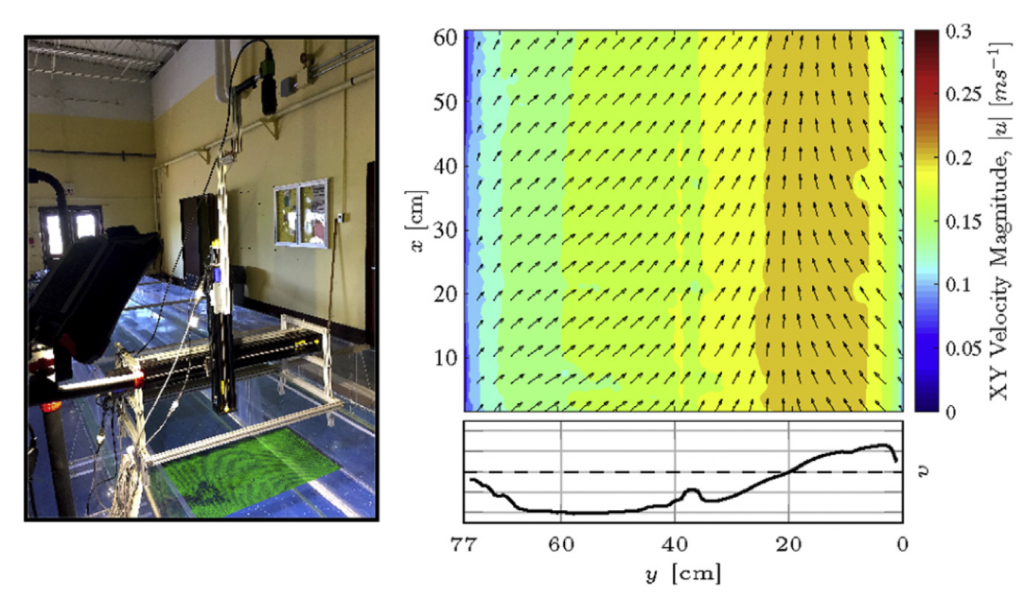Enemy of my enemy?: Ecohydraulic assessment of interactions of multiple invasive species in the Upper Mississippi River basin.
Funding Source: IWRC-Aquatic Invasive Species- 2022-2024
Objective: To develop a process-based framework to (a) improve our understanding of the impact of aquatic invasive species on lakes and rivers including water quality and ecosystem dynamics, (b) identify lake and river characteristics that infer resistance and resilience to their establishment, and (c) guide management decisions that will improve water resources at the regional scale.
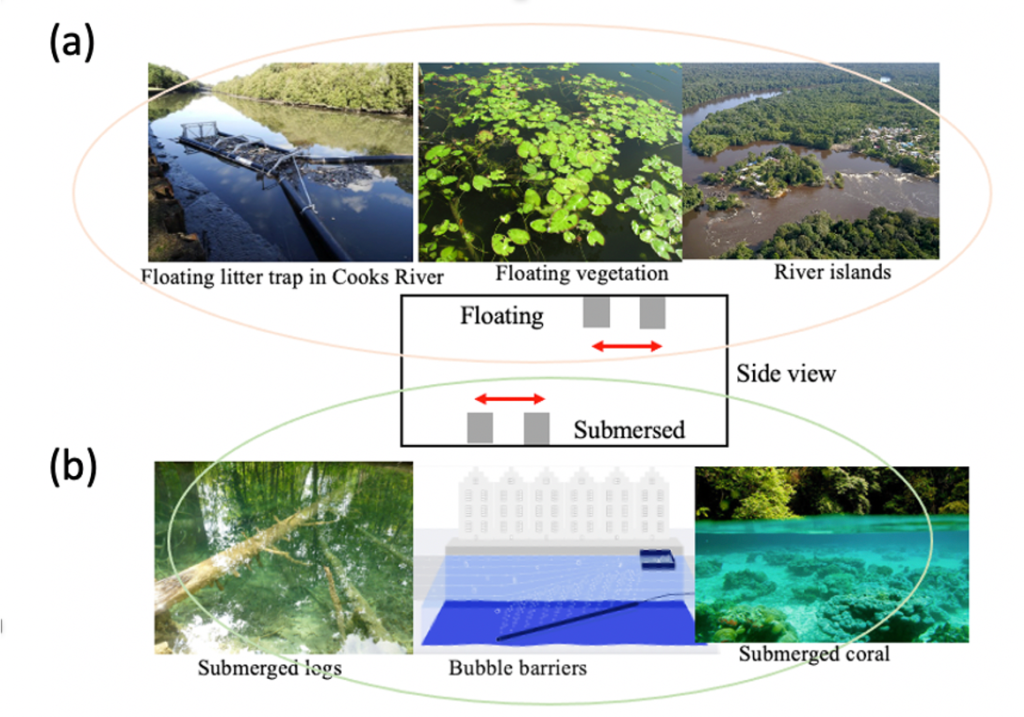
Identifying turbulence features that alter trap efficiency of upstream-swimming lamprey
Funding Source: Great Lakes Fishery Commission 2021-2022
Objective: To identify, through laboratory tests, the response of upstream-swimming lamprey to different flow scenarios with similar mean velocity and turbulence intensity but different orientation, time- and length-scale of turbulent eddies. Develop a turbulence-based framework for trap improvement and design.
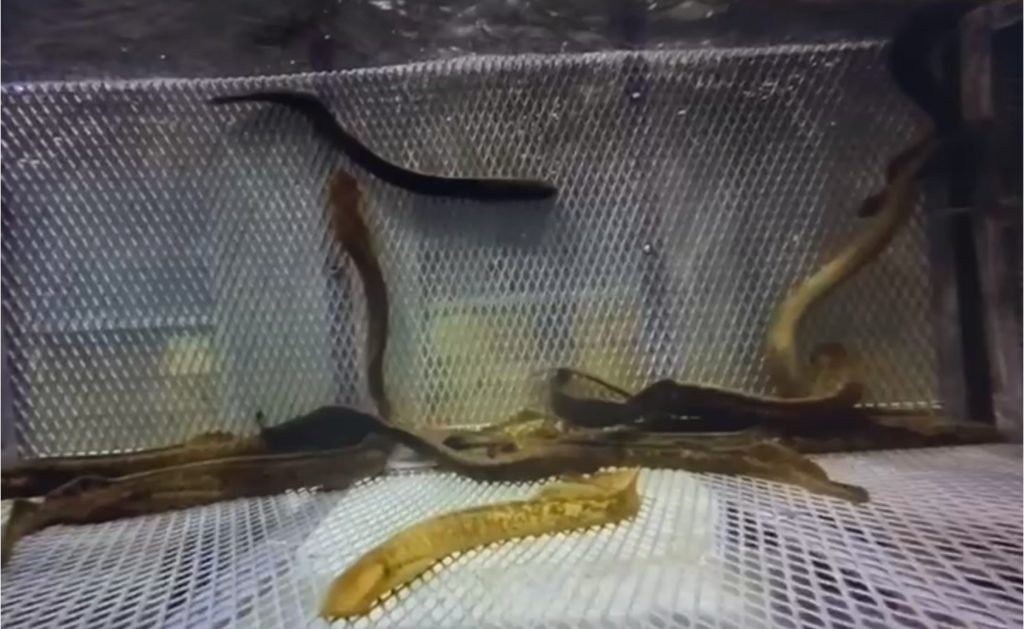
Efficacy of an Oblique Bubble Screen System as a Two-Way Dispersal Barrier for Invasive Carp.
Funding Source: USGS-CESU G21AS00501 – 2021-2024
Objective: To integrate the development of more efficient non-physical barriers for invasive fish in streams while concurrently optimizing the ability of such barriers to improve the stream’s water quality. To develop a novel, two-way bubble barrier to aid in preventing the spread of invasive fish.
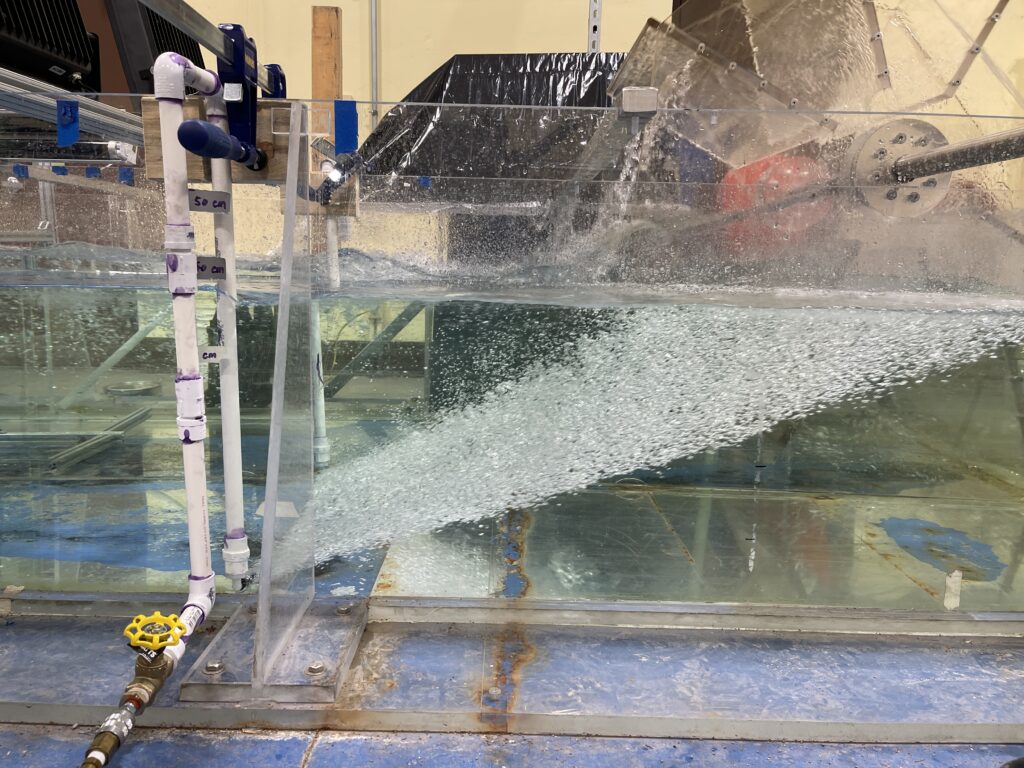
Bridging the laboratory-field divide to accurately predict the evolution of coastlines.
Funding Source: Marsden Fund (NZ) – PI Dr. Julia Mullarney, University of Waikato – 2021-2024
Objective: To quantify how spatial heterogeneity of vegetation affects hydrodynamics and sediment transport, and identify critical points for transitions between governing dynamical regimes. The fundamental knowledge will be used to make reliable process-based predictions of short- and long-term evolution and resilience of coastlines in a changing world.
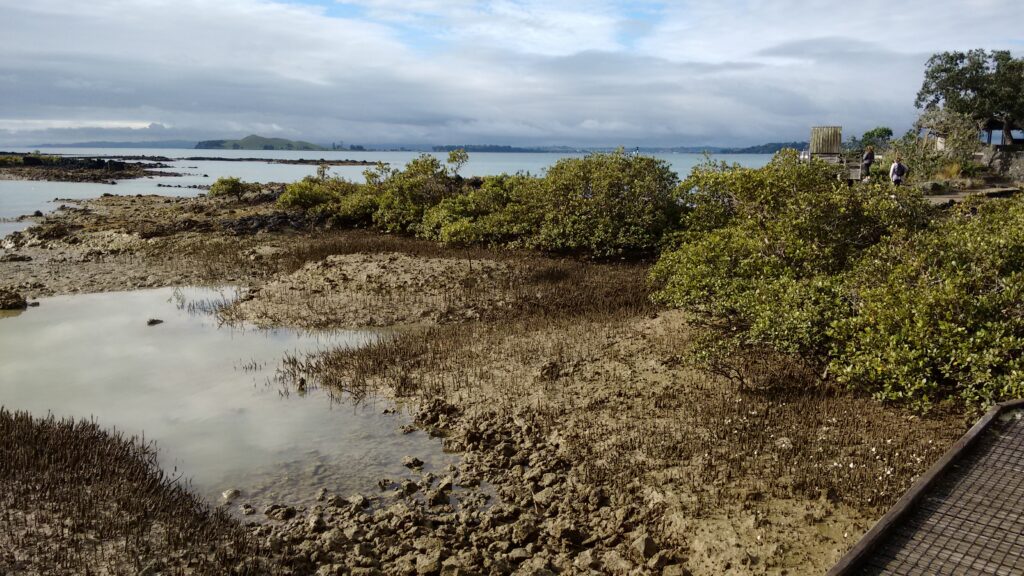
From Substrate to Surface: Quantifying the Impact of Aquatic Vegetation on Exchange Processes.
Funding Source: NSF CAREER – EAR 1753200 2018-2023
Flow-vegetation interactions, vegetation effects on sediment transport, sediment oxygen demand, and surface gas transfer, are all active and growing areas of research. The proposed integrative approach will provide the first comprehensive dataset accounting for substrate to surface physical processes in a broad variable space. The experimental campaign, spanning a wide range of flow and vegetation conditions (unidirectional and oscillatory, flexible and rigid, submerged and emergent) will foster interdisciplinary critical thinking in the field of Ecohydraulics to solve fundamental research questions: How does aquatic vegetation affect sediment transport and resuspension? How surface stirring and canopy-scale eddies from vegetation affect surface gas transfer? How flow-vegetation interactions affect sediment oxygen demand and how can this offset the impact of vegetation on gas transfer at the air-water interface? The unique dataset will allow development a unified mechanistic model, linking flow structures and turbulence generated by aquatic vegetation with sediment and oxygen dynamics. The model will allow the development of process-based strategies for: a) restoration and management plans for wetland, estuaries and coastal areas, and b) improvement of global models of greenhouse gases fluxes in natural waters.
Related Products:
- Tseng, C.Y. and Tinoco, R.O., 2021 A Two‐Layer Turbulence‐based Model to Predict Suspended Sediment Concentration in Flows with Aquatic Vegetation. Geophysical Research Letters, p.e2020GL091255. https://doi.org/10.1029/2020GL091255
- Tseng, C-Y, & Tinoco, R.O., 2020, “A model to predict surface gas transfer rate in streams based on turbulence production by aquatic vegetation”, Advances in Water Resources. https://doi.org/10.1016/j.advwatres.2020.103666
- Tinoco, R.O., San Juan, J., & Mullarney, J., 2019, “Simplification Bias: Lessons from Laboratory and Field Data on Vegetation-Flow-Sediment Interactions”, Earth Surf. Proces. Landforms, https://doi.org/10.1002/esp.4743.
- San Juan, J., Veliz-Carrillo, G., & Tinoco, R.O., 2019, “Experimental observations of 3D flow alterations by vegetation under oscillatory flows”, Env. Fluid Mech. https://doi.org/10.1007/s10652-019-09672-2
- Ranjan, P. High-resolution numerical investigation of hydrodynamics and sediment transport within emergent vegetation canopy. MS MS Thesis, University of Illinois at Urbana-Champaign.
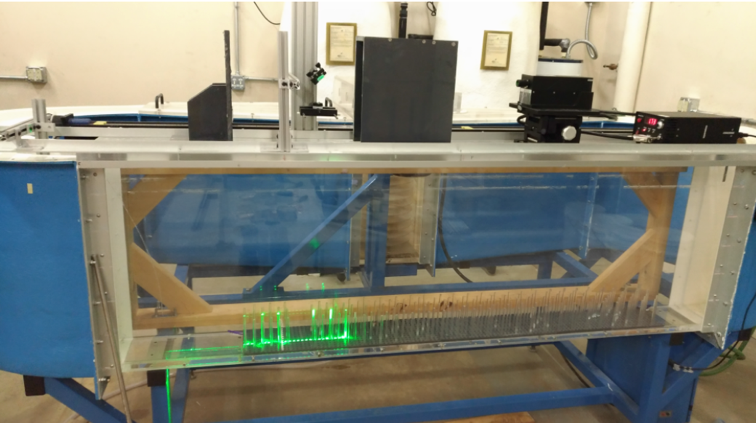
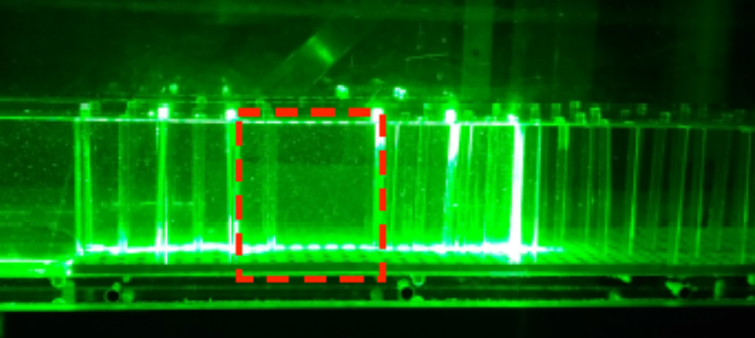
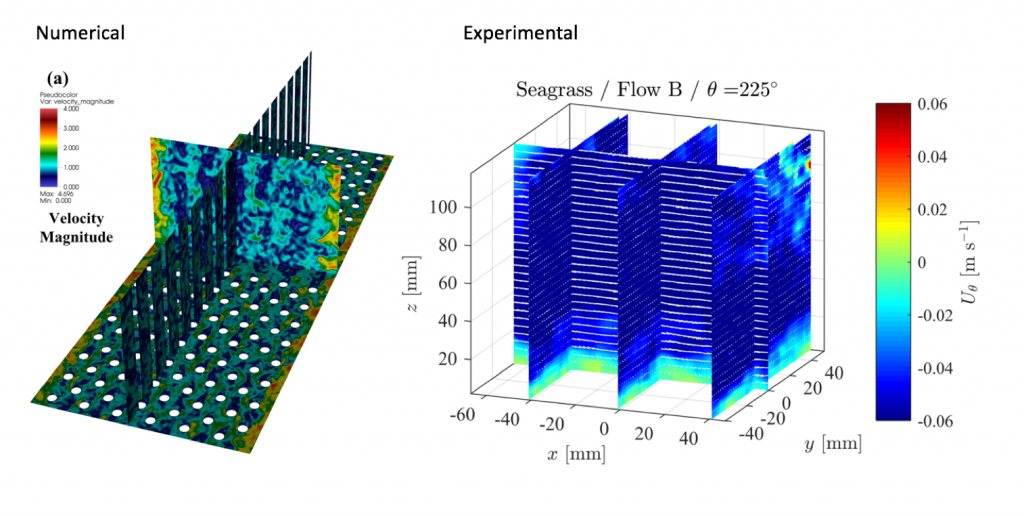
Laboratory experiments on Asian carp eggs and larvae: study of control alternatives to increase trapping and mortality rates at early-stages via enhanced flow turbulence levels and altered flow conditions
Funding Source: USGS CESU – G17AC00060 2017-2019
Grass carp (Ctenopharyngodon idella), native to eastern Asia, have become established in the central United States, where they are considered problematic invaders. We have deeloped a multi-step approach to understand their behavior and response to flow conditions to enhance sampling, control, and monitoring strategies: 1) Investigate the damage exerted on eggs exposed to elevated turbulence levels, from spawning to water hardening, studying both short- and long-term exposure. 2) Investigate the swimming capabilities of early stage larvae under various altered flows, to complement previous results on vertical and longitudinal swimming and traveling speeds. 3) Investigate sensitivity of early stage larvae to ambient noise, in an effort to identify thresholds of frequency and amplitude of acoustic signals which can be detected by the larvae. 4) Provide management guidelines for sampling, monitoring, and control of grass carp spreading, based on flow modifications to either create trapping zones for egg and larvae capture and settling, or induce high shear flows to damage the eggs after spawning. 5) Identify a basic framework to improve predictive tools for control and management, which will facilitate the incorporation of results from mortality due to interaction with sediment, mortality due to elevated turbulence levels, capture and sheltering under altered flows, swimming speeds as a function of developmental stage, as well as longitudinal dispersion modified by swimming capabilities, into predictive tools such as FluEgg. This will improve predictions at multiple life stages, and help identifying and designing control, monitoring, and sampling sections in troubled rivers.
Related Products:
- Prada, A. F., George, A. E., Stahlschmidt, B. H., Jackson, P. R., Chapman, D. C., & Tinoco, R. O. 2021. Using turbulence to identify preferential areas for grass carp (Ctenopharyngodon idella) larvae in streams: A laboratory study. Water Resources Research, 57, e2020WR028102. https://doi.org/10.1029/2020WR028102
- Tinoco, R.O., Prada, A.F., George, A.E., Stahlschmidt, B.H., Jackson, P.R., Chapman, D.C., 2020. “Identifying turbulence features hindering swimming capabilities of grass carp larvae (Ctenopharyngodon idella) through submerged vegetation”. Journal of Ecohydraulics.. https://doi.org/10.1080/24705357.2020.1835566
- Prada, A.F., George, A.E., Stahlschmidt, B.H., Jackson, P.R., Chapman, D.C. and Tinoco, R.O., 2019. Influence of turbulence and in-stream structures on the transport and survival of grass carp eggs and larvae at various developmental stages. Aquatic Sciences, 82(1), p.16. doi:10.1007/s00027-019-0689-1
- Prada, A.F., George, A.E., Stahlschmidt, B.H., Chapman, D.C. and Tinoco, R.O., 2018. Survival and drifting patterns of grass carp eggs and larvae in response to interactions with flow and sediment in a laboratory flume. PloS one, 13(12), p.e0208326. DOI: doi.org/10.1371/journal.pone.0208326.
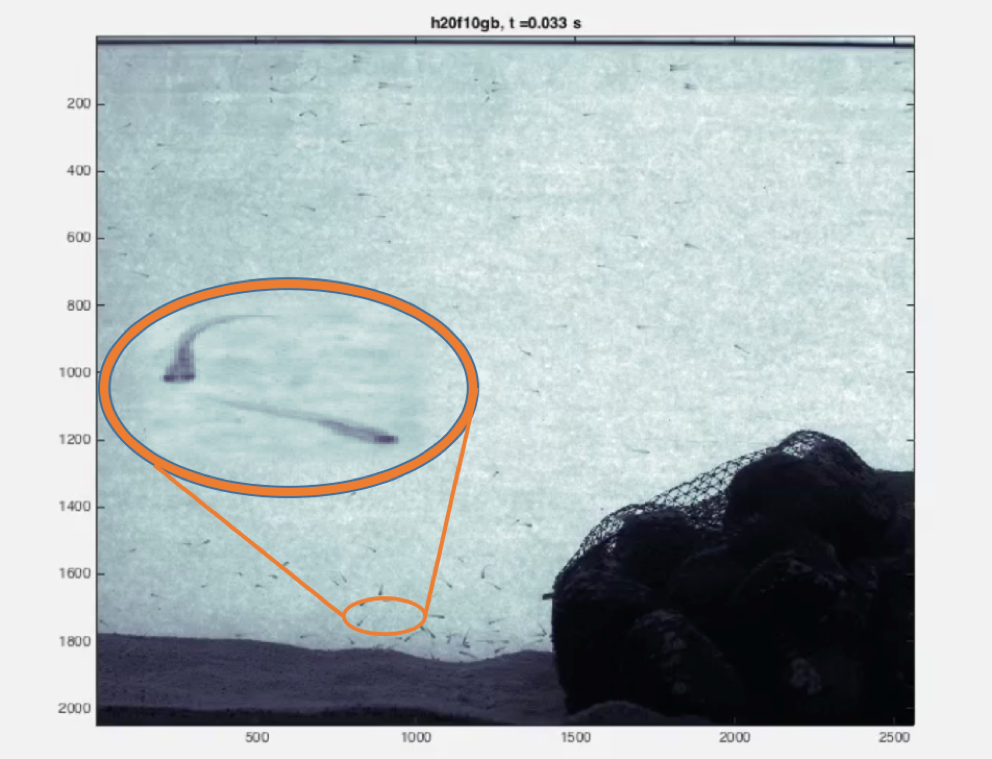
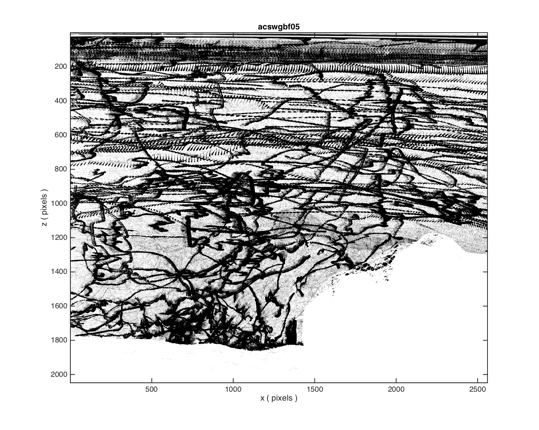
Investigating fish energy use and swimming behavior in turbulent flows: guiding restoration of Lake Michigan tributaries.
Funding Source: Illinois-Indiana Sea Grant Program 2018-2021
The overarching project objectives are: (1) To identify key parameters of turbulent flow that influence fish space use and energetic cost of swimming in complex flows found around in-stream structures; and (2) To develop – and evaluate under realistic field conditions – a quantitative model that links key parameters of turbulent flow, to energetic cost of swimming.
To achieve the objectives, we proposed to conduct: (i) small-scale laboratory experiments; (ii) large-scale laboratory experiments; and (iii) field tests of the model of fish swimming energy cost. We proposed working with two species, including a native non-salmonid and a salmonid species to account for representative species in IL-IN waters.
Related Products:
- Strailey, K.K., Osborn R. T., Tinoco, R.O., Cienciala, P., Rhoads, B.L., & Suski, C.D., 2020, “Simulated instream restoration structures offer swimming and energetic advantages at high flow velocities”, Canadian Journal of Fisheries and Aquatic Science. https://doi.org/10.1139/cjfas-2020-0032
- Qin, J. Experimental study of fish response to turbulent flow fields generated by in-stream structures. MS Thesis, University of Illinois at Urbana-Champaign.
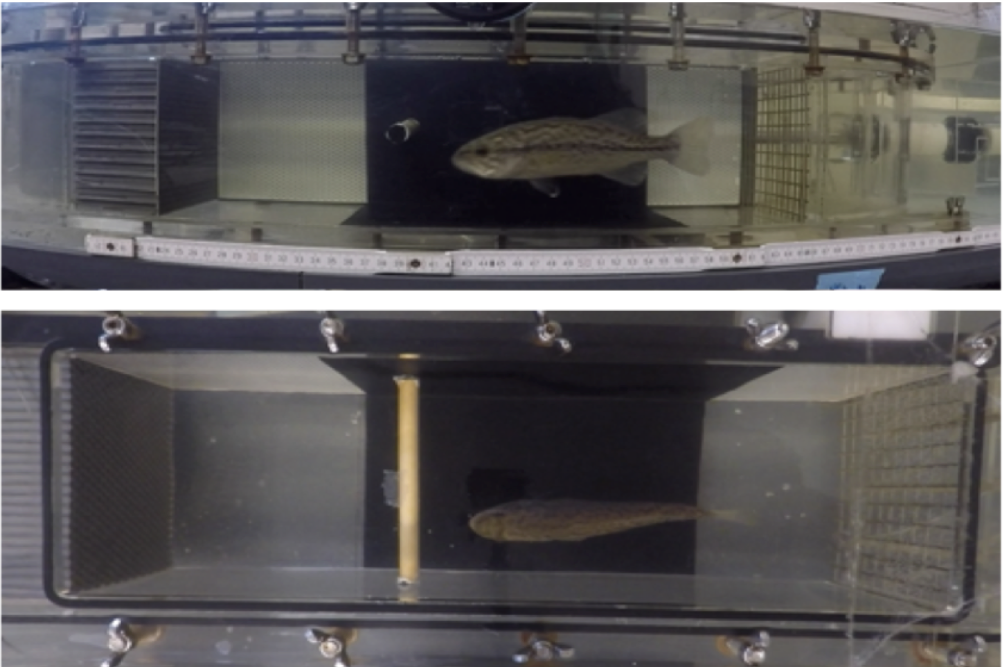
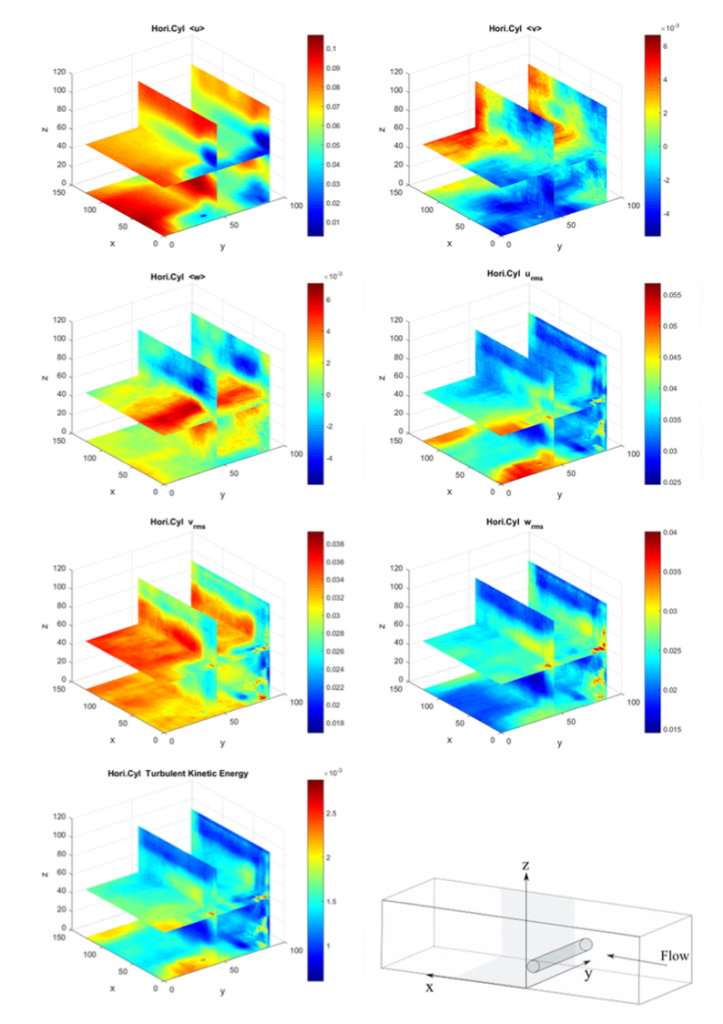
Optimization of biodiesel production through enhanced secondary flows and turbulence on algae raceway tanks.
Open racetrack flumes represent the most common reactor for algae cultivation in the biodiesel industry, however, despite numerous experimental and numerical studies into reactor modifications, conditions remain suboptimal for algal growth. In response, a full-scale racetrack flume was constructed at the Ecohydraulics and Ecomorphodynamics Laboratory. Experiments on the racetrack flume were conducted for various depth and velocity conditions, using acoustic doppler velocimetry and surface particle velocimetry to characterize mean and turbulent velocity statistics, and dissolved oxygen measurements to investigate the effect of turbulent structures on gas transfer at the water-air interface. Longitudinal bed modifications were introduced to induce secondary flows in the straight portions of the flume. A range of flow structures were observed including secondary currents of Prandtl’s first and second kinds, vortex shedding off of bend vanes, and periodic oscillations in surface lateral currents. Findings indicate that bend dynamics introduce the strongest and most resilient flow structures, and any attempt to induce vertical mixing or accelerate transfer velocities at the free surface will need to utilize or overwhelm these existing structures.
Related Products:
- Leman A., Holland, M., Tinoco, R.O., 2018, “Identifying the dominant physical processes for mixing in full-scale raceway tanks” Renewable Energy, 129(A), 616-628. DOI: 10.1016/j.renene.2018.05.087.
- Leman, A. Identifying the dominant physical processes for mixing in full-scale raceway tanks. MS Thesis, University of Illinois at Urbana-Champaign.
